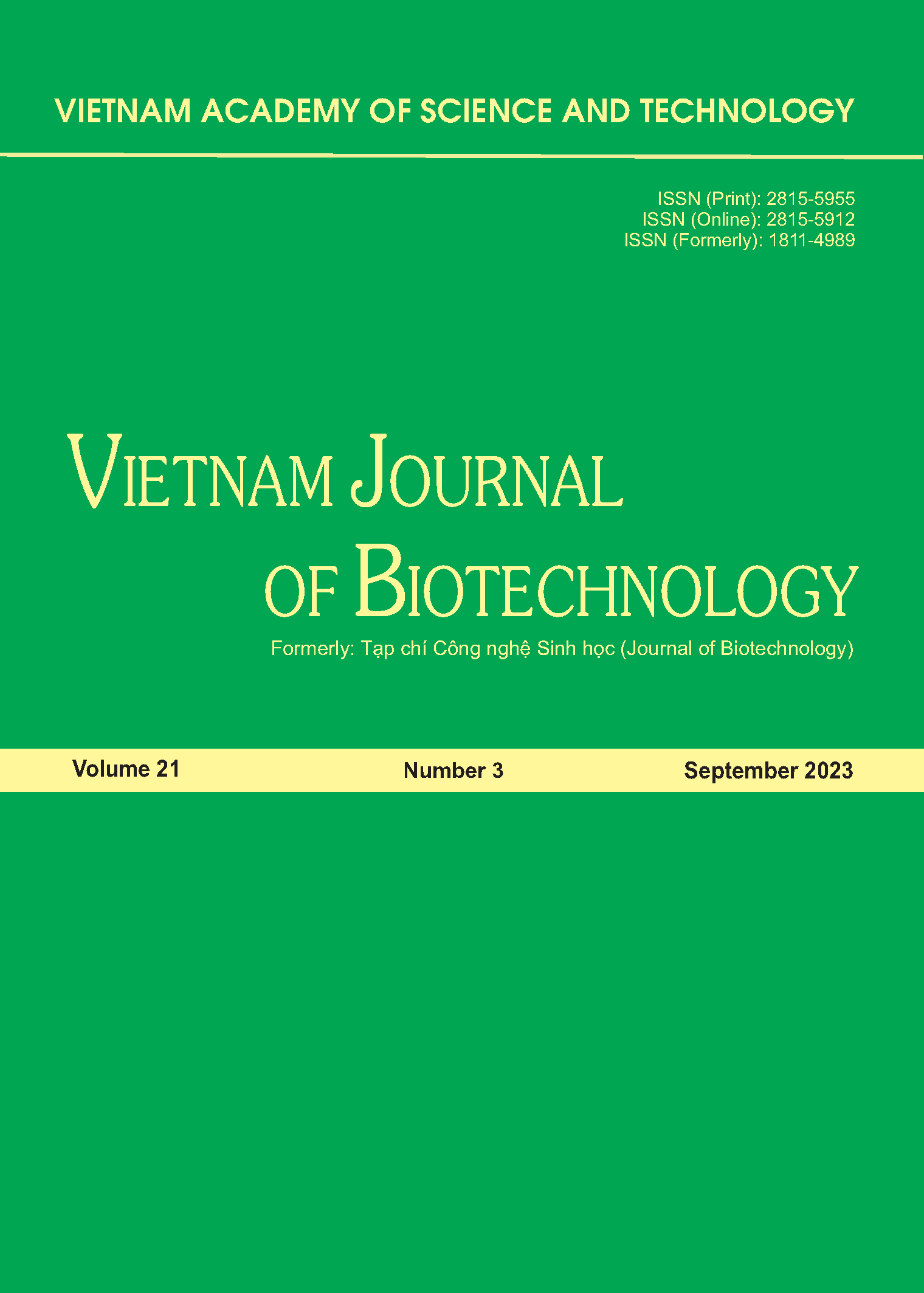Petroleum hydrocarbon degradation of husk biochar product carrying biofilm-forming bacteria
Author affiliations
DOI:
https://doi.org/10.15625/1811-4989/19611Abstract
Environmental pollution problems caused by petroleum and its derivatives such as polycyclic aromatic hydrocarbons (PAHs) has remarkably increased and become a major global threat to human health and ecological equilibrium, resulting in a crucial need for remediation. Recently, in order to solve this problem, biofilm is one of the biodegradation approaches which could degrade and transform oil components effectively. Moreover, to enhance the petroleum hydrocarbons removal efficiency and easy to apply in any place bio-carriers, biochar was used to attach biofilm-forming microorganisms. Biochar is not only used as a carrier for microorganisms but also a source of substrates to help absorb a part of aromatic compounds. Therefore, in this investigation, we used the mixture of multiple petroleum-degrading and biofilm-forming bacterial strains immobilized on husk biochar to create an oil-degrading product. The ability of oil-degrading bacteria immobilized on biochar, planktonic bacteria and biochar without bacteria on the elimination of total petroleum hydrocarbons and several aromatic hydrocarbons was investigated. The results indicated that using husk biochar as a carrier for biofilm-forming bacteria to attach on could considerably enhance the removal efficiency of oil components. At 50 kg/batch scale, the formed product could remove 99% of total petroleum hydrocarbons with the initial amount of 4.786 mg/l and over 96% of aromatic hydrocarbons including anthracene, naphthalene, phenanthrene and pyrene with the initial amount of 250 mg/l. The obtained product is porous, black, with particle size of 1-3 mm, cell density of ≥ 109 CFU/g(ml), stable for use ≥ 6 months and safe for the environment. In general, the obtained results highpoint the great possible of applying this product in the treatment of oil contaminated soil and water.







